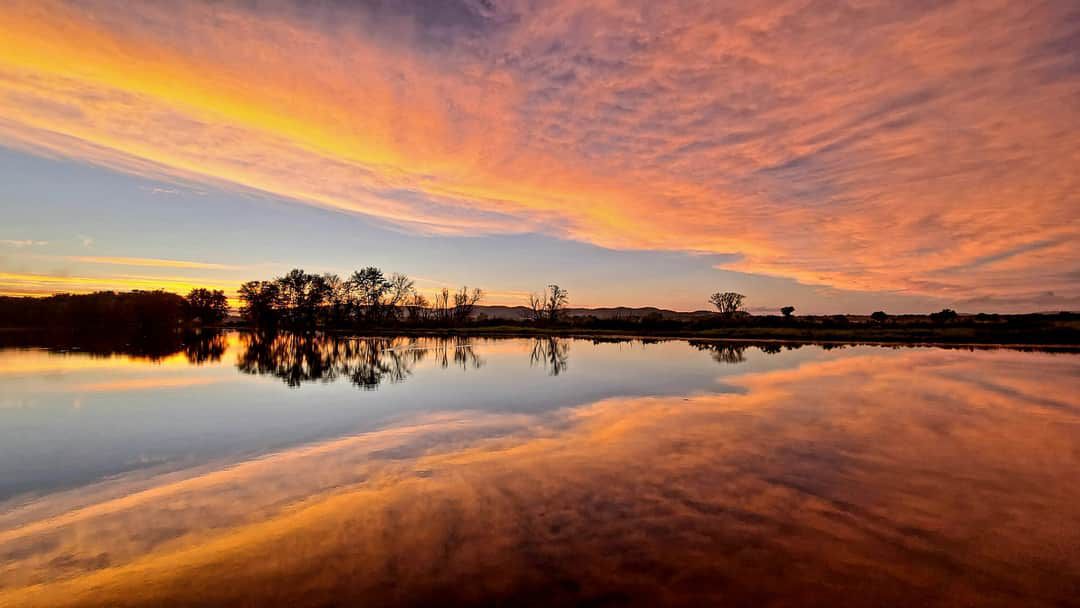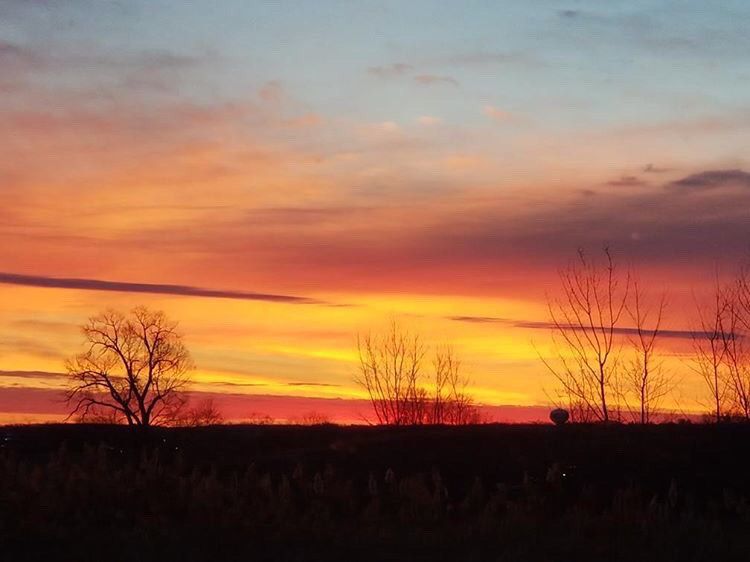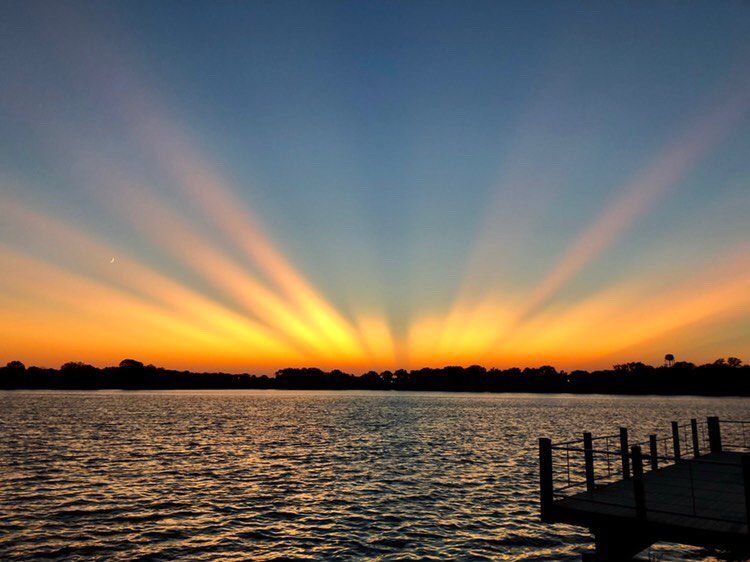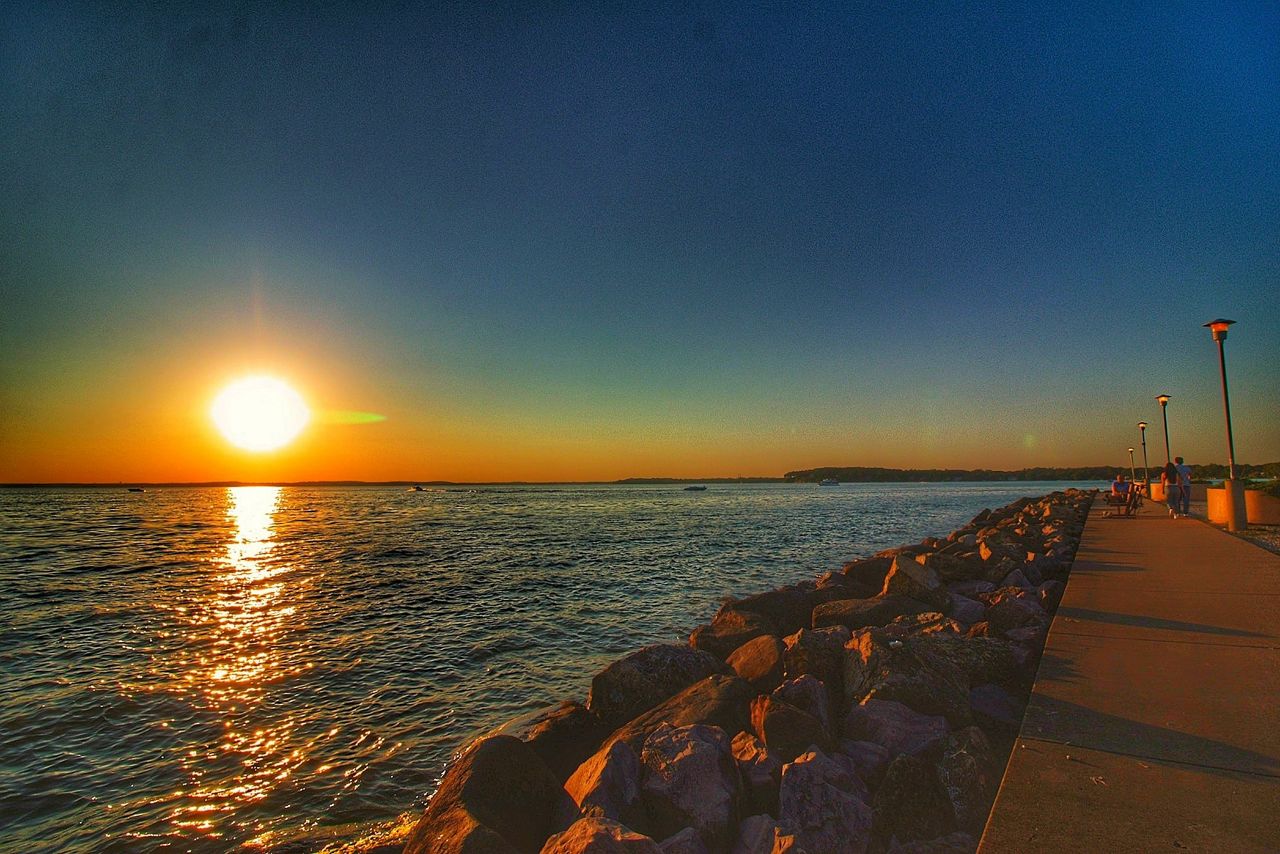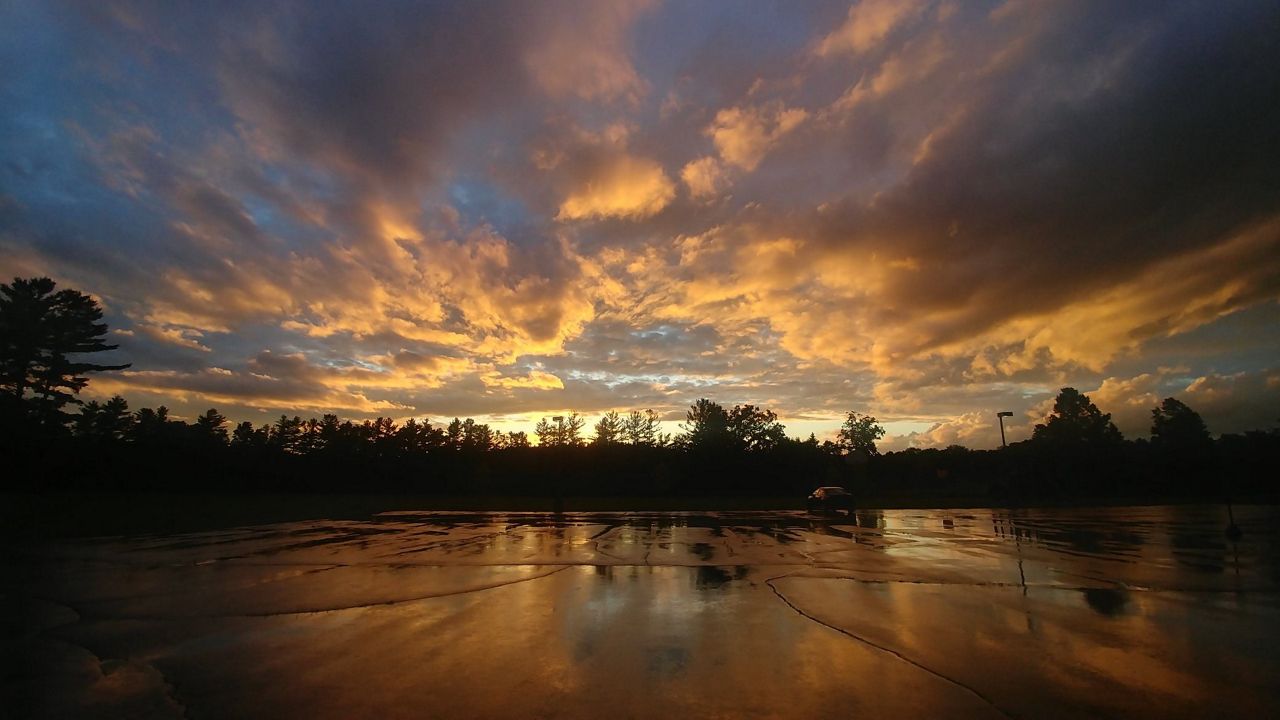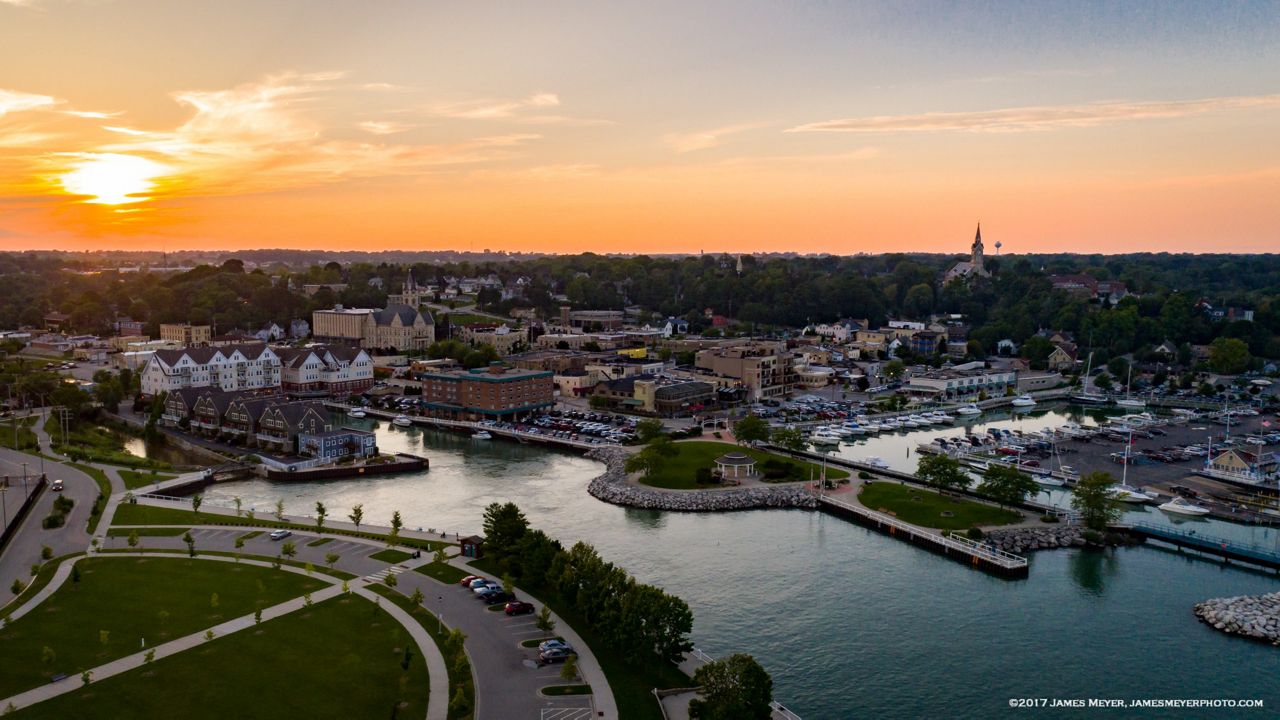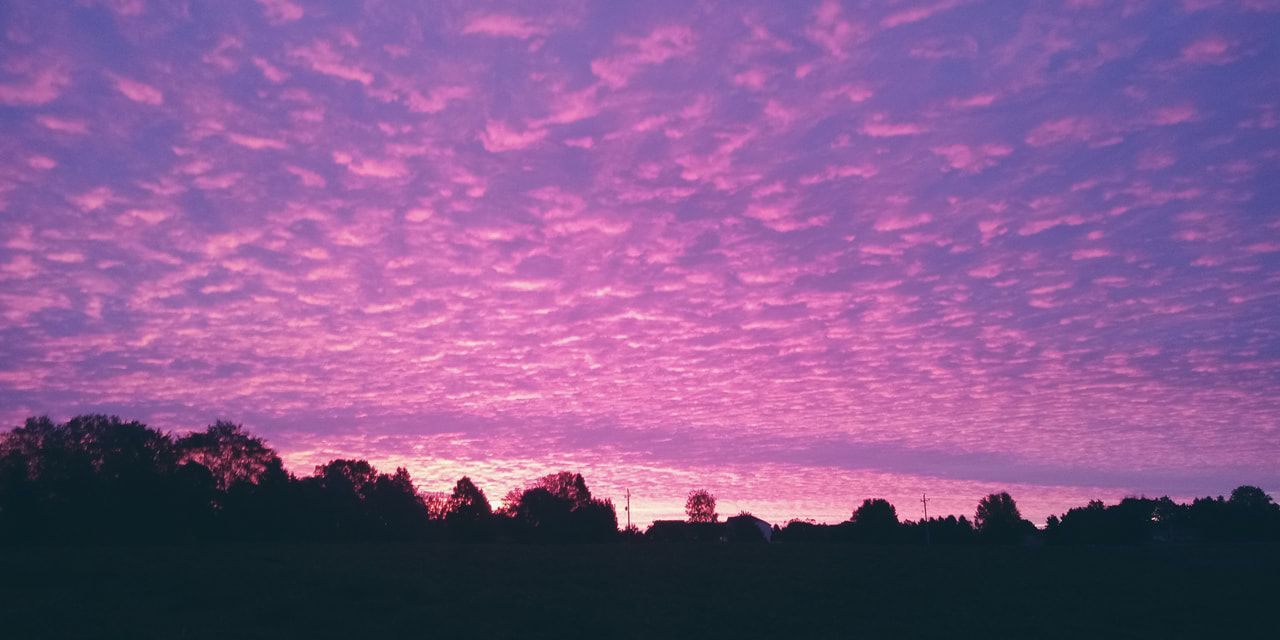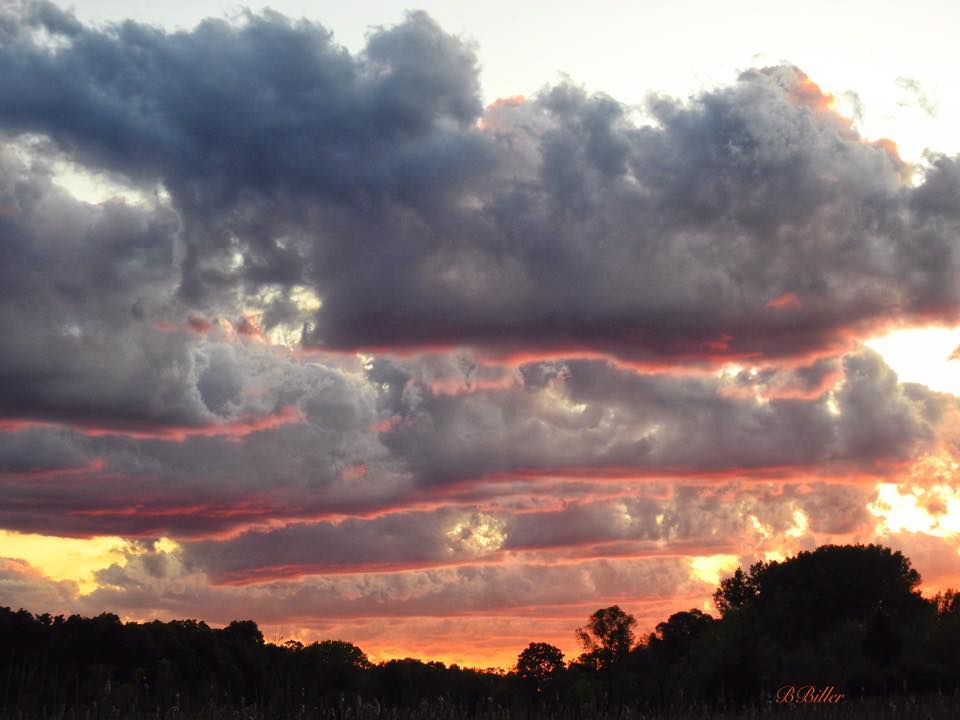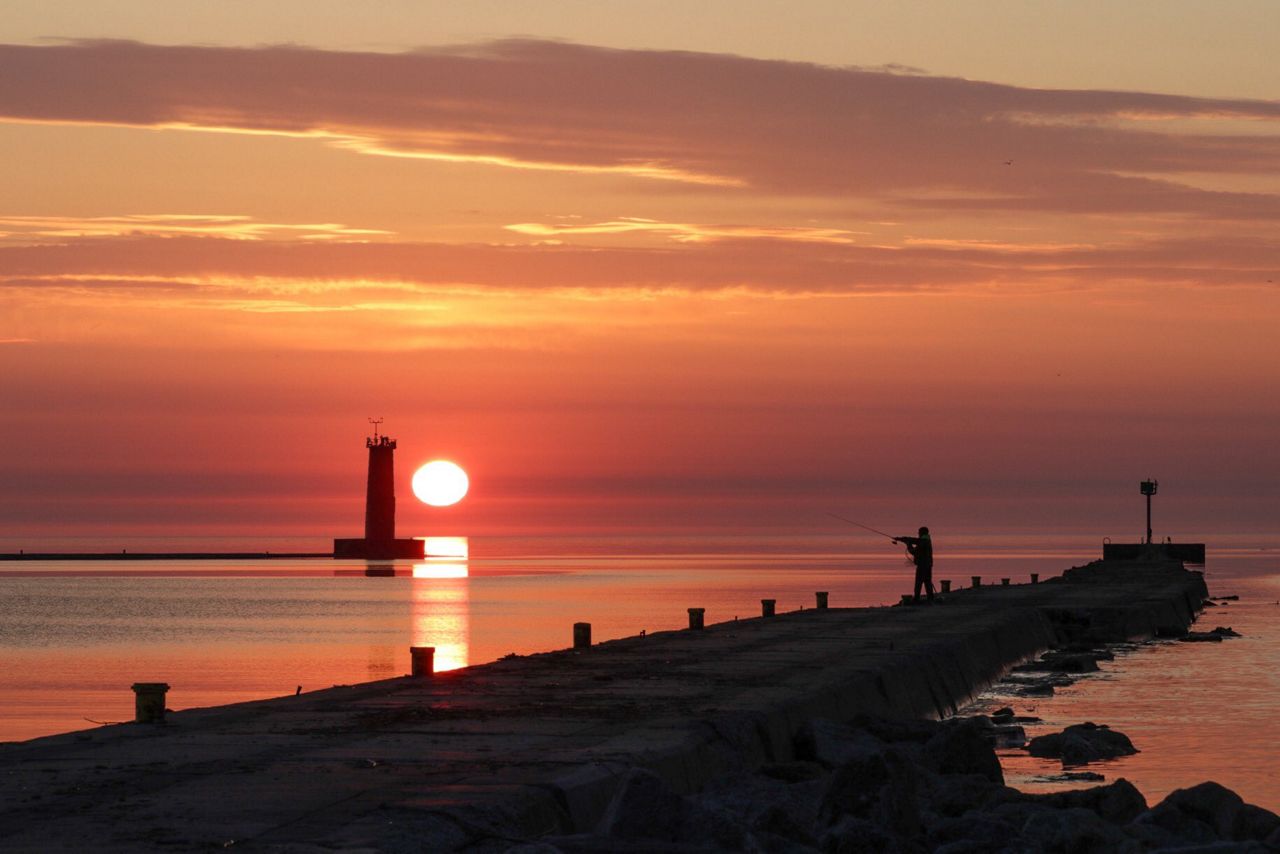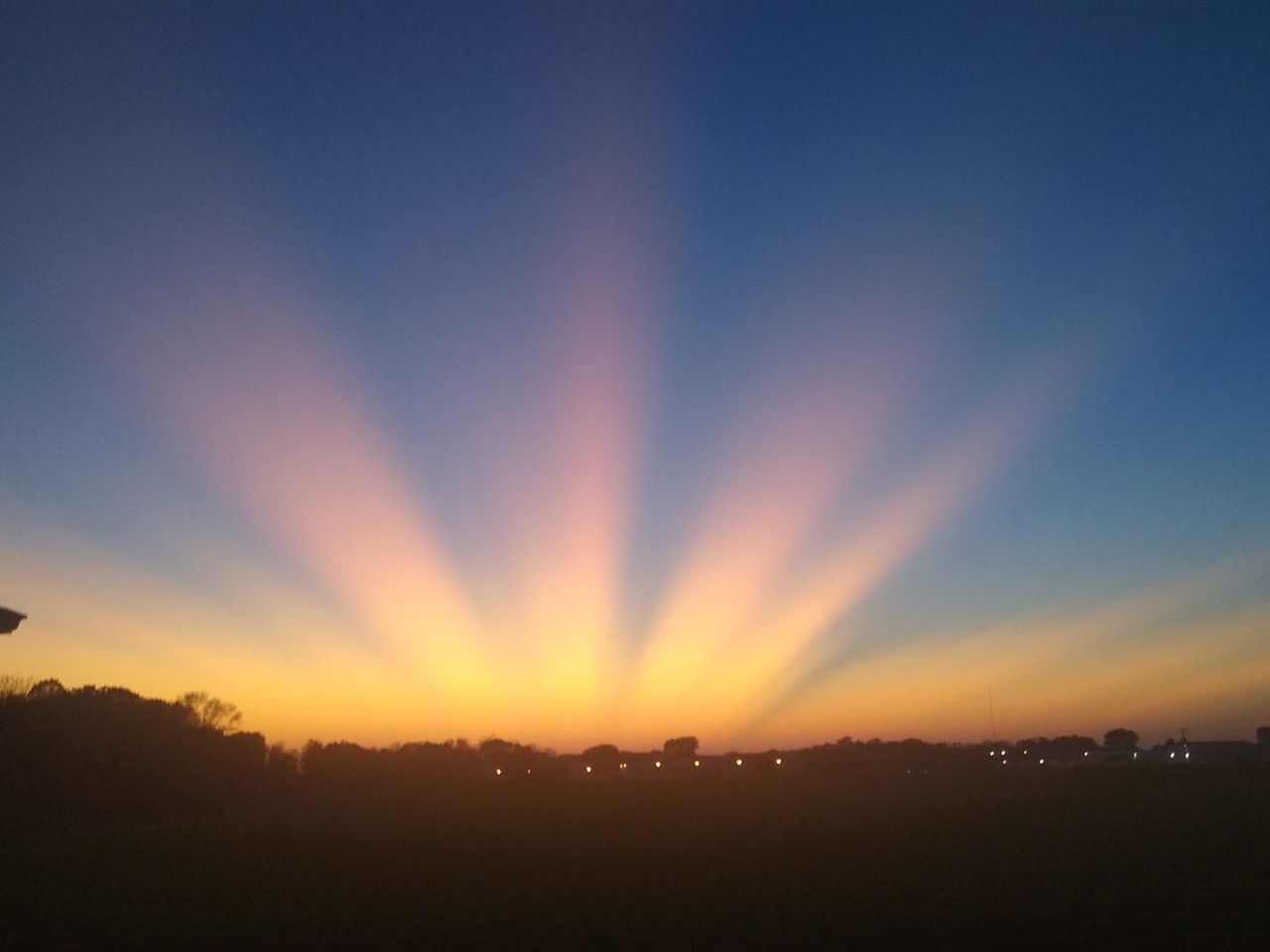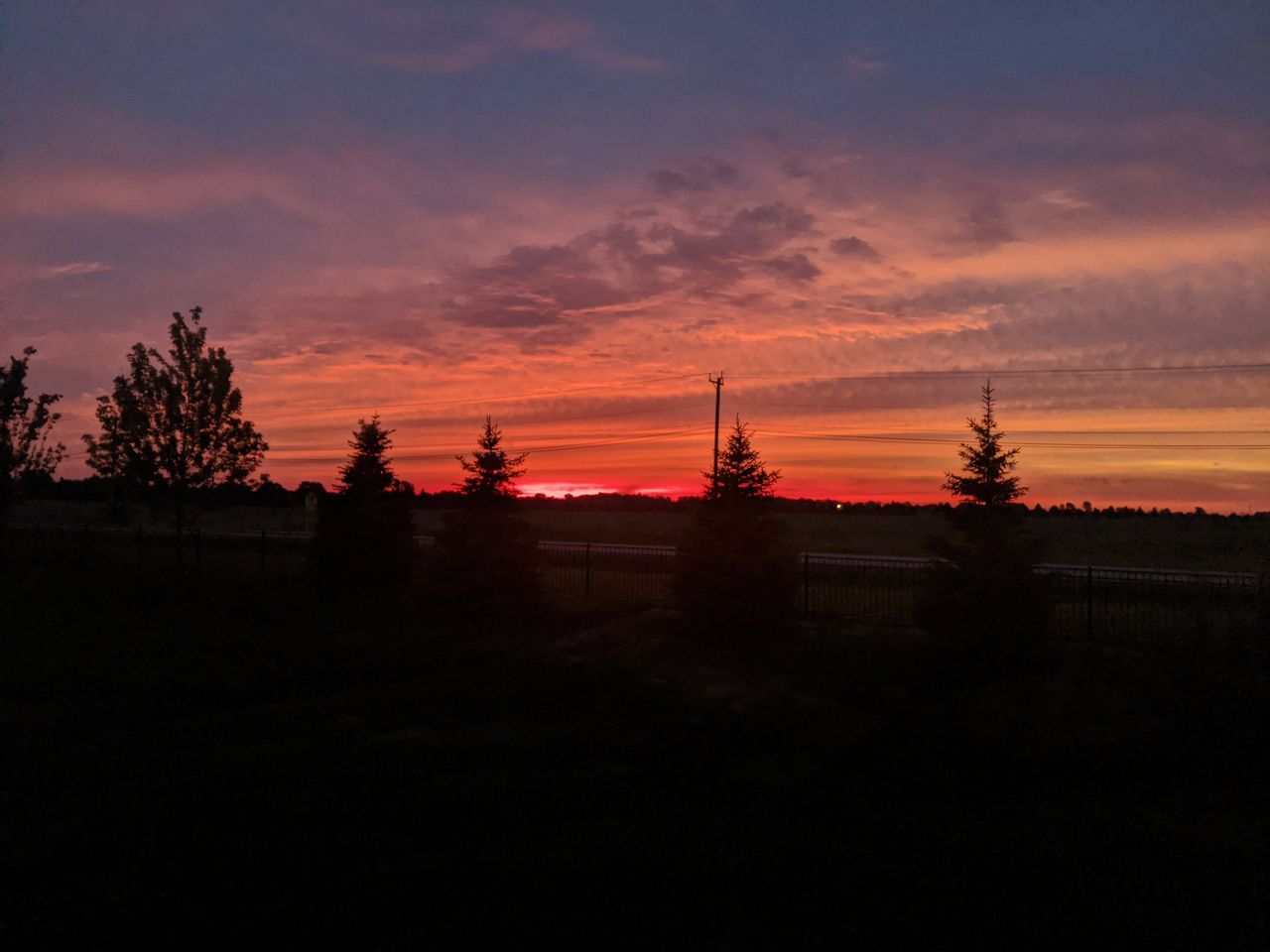The most vibrant colors can usually be seen in the sky at sunrise and sunset.
Have you ever been stopped in your tracks admiring nature’s beauty? Oftentimes, I find myself mesmerized by the vibrant colors painted across the sky as the sun rises or sets. It is incredible how many colors come to light at this time of day. Why is this the case?
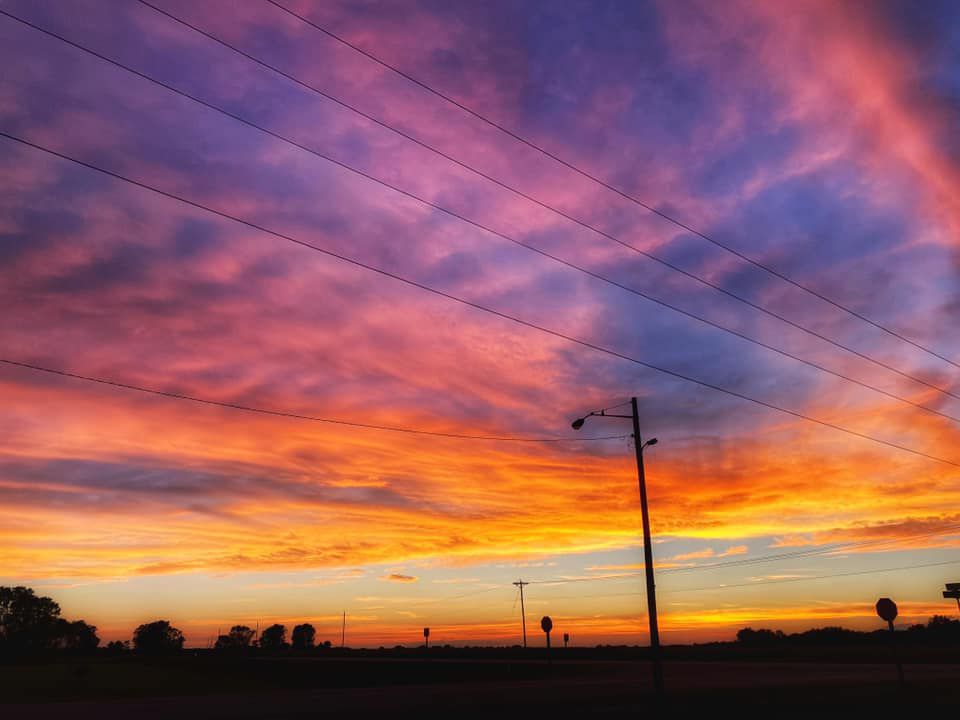
Refraction happens when waves change direction from one medium to another. Light is the most common example of refraction that most people know.
Did you ever have to conduct a science experiment in school where you used a prism to bend the light coming from a flashlight? Well, the same thing happens in the atmosphere.
The atmosphere refracts solar radiation. In other words, the sun’s rays bend as they pass through the atmosphere. This is greatest when the sun is low over the horizon.
The reason? The sun’s low angle causes its rays to pass through more of the atmosphere, allowing for more refraction to occur. And when this happens, it can affect the sun’s shape and color.

Have you ever paid attention to the alignment of colors in the sky at sunrise or sunset? You may have noticed that the red colors in the sky tend to be closest to the horizon.
Longer wavelength colors (like red) don’t go through as much refraction as shorter wavelength colors (such as blue and green). So those blue and green colors are able to bend more, putting them above the rest of the colors in the sky.

So the next time you watch the sun rising or setting, you can appreciate its beauty and the scientific phenomenon that allows this to happen.





